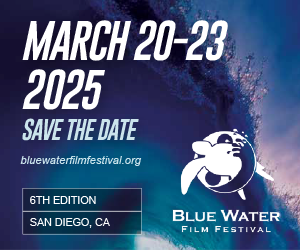 You may have noticed that I have a tendency to like previous primers published by Autodesk Maya Press. They have a way of taking the apparently mundane problems of the 3D geek and put them into a perspective which most people can follow. In addition, they add special insights that can benefit industry pros as well as newcomers.
You may have noticed that I have a tendency to like previous primers published by Autodesk Maya Press. They have a way of taking the apparently mundane problems of the 3D geek and put them into a perspective which most people can follow. In addition, they add special insights that can benefit industry pros as well as newcomers.
Lee Lanier’s Maya Professional Tips and Techniques is no different. This deceivingly thin volume is primarily written by Colorado-based artist Lanier, who has been around the block a few times, and has been doing this since Maya was but a twinkle in the eyes of Alias developers. He’s helped out a slew of special contributing artists who focus on specific problems that you run into, not only in Maya, but in most 3D programs.
Broken up into ten chapters, 10 primer covers a broad selection of topics: Scripting, Modeling, Rigging, Animation, Dynamics, Texturing, Lighting, Rendering and finally, Demo Reels and Project Work Flow. The first chapter is on MEL scripting, which wouldn’t have been the topic I would have chosen to lead off with, but I’m not the editor, and, after all, this is billed as ‘Professional’ tips and techniques. We can probably go with the assumption that the reader knows at least a little MEL scripting. Each chapter is clear in its direction for going through the exercises, but what I like most is that it does a good job of explaining ‘why’ you are doing it. So many tutorials and manuals focus on the ‘what’ to do, and never on the ‘whys.’ This leaves a lot to be desired when you try and recreate what you did in a real situation, and you don’t have exactly six isoparms to choose on the model.
The chapters range from intermediate techniques to advanced methods like using floating-point images in rendering and lighting, normal maps and rendering out multiple passes for compositing. In order to better incorporate these techniques, Lanier isn’t afraid to bring in third-party software like Photoshop, HDRShop, After Effects and ZBrush which is a smart move because Maya just can’t do everything on its own, nor should it be expected to.
Most of the chapters are on artistic techniques that are absolutely essential to be a well-rounded artist’and, frankly, a lot of them can be found in other books or online. However, Lanier has provided a whole chapter on tips about creating a demo reel and working in a production workflow. Most artists looking through this will already have a demo reel (and a job for that matter), but there is no harm in making it better, and for beginners’they should read all the excellent suggestions listed. He even goes through techniques on calibrating your monitors so that what you see is what everyone else will see. Also, within this final chapter are methods of setting up a render farm, networking, setting up shared texture directories, estimating render times and drive space requirements, and a whole slew of pointers for working in a production pipeline. If a lot of CG houses would take the time to read this material, the world would be a better place!










